Construction resumes on new high school, set to open Jan. 2024
Used with permission by Craig Mackail
As part of the construction project, Mackail and Nielsen builders have worked together to form computer simulations to showcase what the school will look like when it opens.
November 5, 2021
After a year and a half of holding off construction due to the pandemic, the new high school is set to be finished in January of 2024. Since starting the original construction in the winter of 2019, Harrisonburg City Public Schools (HCPS) superintendent Dr. Michael Richards has seen a lot of progress on-site.
“We put [the build] on pause because of the pandemic and the economic short falls that we were expecting the city to experience. We did not want to over-tax the citizens of Harrisonburg. We are making great progress, all of the sub contractors are out there working everyday,” Richards said. “They are putting in the foundation, also called slab, which will have the plumbing, wiring, geothermal well drills and a parking lot [will be] laid down. The athletic fields are starting to shape up and [we] can see where they will be.”
Chief Operating Officer Craig Mackail oversees all HCPS division construction projects. Mackail spends his mornings at the site monitoring progress and making himself available for questions. Over the pandemic, construction companies worldwide have experienced a material shortage which has proved to be a major issue for the new high school building.
“One of the things that [we] have to factor into this [project] is the availability of construction materials to build the [new high school] and we are still dealing with that. We have subcontractors in place, but there are things that were available two years ago that now take longer to manufacture and develop,” Mackail said. “That is a [problem] across the world. The logistics of getting materials that we need on-site to continue construction is [a big question]. Until we get over the second wave of COVID-19 and things start to normalize, my biggest concern is availability and construction materials.”
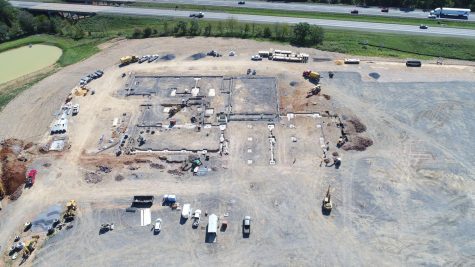
On-site, Nielsen Builders project manager Jacob Hull has been focusing on working with the land and towards their milestones in the building timeline.
“We live in Rockingham County and the rock [has been the most challenging part]. It is just a common factor that we have in this area,” Hull said. “We are in the footing process, we have building grade, subgrade and now we have started the footing. We have six phases in this job; A, B, C, D, E and F. We are starting to go vertically with cinder blocks in the gymnasium and flex zones.”
Hull has worked alongside HCPS in prior construction projects and believes that their working relationship will serve well throughout the current build.
“[My relationship with everyone] is great. This is my second project with Craig Mackail and we have a good relationship. We have meetings every two weeks and enjoy working together,” Hull said.
Richards is thankful that the city council and school board made the initial decision to build the new high school rather than continue to build additions to the current school.
“Financing [has been the most challenging aspect of this project]. It is a challenge for a city like Harrisonburg to build a high school because [in general], schools are very expensive. [The] city council and the school board went through a very deliberative process and made the right decision to build a full pledged high school as opposed to some sort of annex to this one. [An annex] would have only been a temporary solution which in the long run would cost more. We could spend $50 million building something onto this [school] and then be overcrowded again four years later. It took awhile for them to get the finances in place because we have finite resources in Harrisonburg and they have to be very careful,” Richards said.
To assist with the details of the new school, Richards formed a student advisory committee that offers input on what the school should and should not include. The committee was selected by the counseling department to represent a diverse portion of the high school. Richards then took some of the members of the committee on a trip to the construction site of the new high school, so that the students could get first-hand experience of the building process. As one of the committee members, junior Sarah Hussein believes the first meeting started off on the right foot.
“We have just had one meeting for the committee, so we’re all new to it. Our first meeting was off to a great start and we got right into it. We had a lot of people involved. We were also discussing a lot of ideas on how to get other clubs around the school involved,” Hussein said. “I took the role of leading the students because we needed a way to communicate. I went ahead and emailed all the students and created a google document where we could share all of our ideas. All of that is going well, we are just figuring it out as we go.”
One of the projects that the student committee is currently working on is creating a time capsule that will capture the current high school.
“The time capsule idea is our way of putting [together] basically anything that defines our student [body] and the new high school. [We are adding] memorable stuff that we want the students to open at the new high school,” Hussein said.
Hussein believes that student voices are vital to creating a successful learning environment for students.
“[Student input] is so important because the students are going to be the ones attending the new high school,” Hussein said. “They are the ones going to classes, so having student input is helpful because [the students] are going to love the environment more. Input is critical to designing the new high school and [we hope] it is more helpful to [future] students.”
Likewise, Richards values his committee’s input so he can get a complete picture of students’ desires for the new high school.
“I have to have a way in. There are 1900 students [at HHS] and I need input from them and the middle schools as well. That is [why] my student advisory [committee] is so important. I see them as a window into the school. They are very represented in that not only are they a diverse group, but they go to other students and ask for more opinions. It is an important window for me [to know] what students are thinking. The value of [information and advice] I get back from students ranges from really useful to sometimes ridiculous. One of the things they asked for was more outdoor learning spaces [and they were] preaching to the choir on that one. This school is being built for students, so we have student input the whole way through, even those original committees that were set up included some students as well. I put students on the strategic planning committee and I want to include students all along in this process,” Richards said.
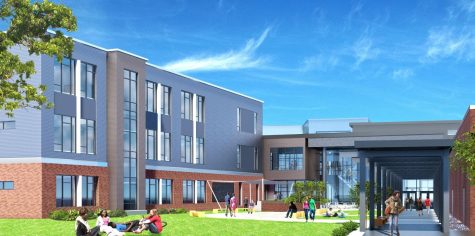
Hussein plans to continue her work with the committee in hopes of making major progress and decisions on behalf of the greater student body.
“I am really excited to see how all of it is going to go. We have a lot of ideas and have a pretty diverse group of students. We all have different ideas, which I love. We are [also] not afraid to disagree with each other, which is something I really like. We have a great group of people. We have some freshmen that are just starting out and have already given us some really great ideas,” Hussein said.
Logistically, one of the biggest challenges is figuring out how to equally divide courses amongst the two schools so students have the same opportunities in furthering their education.
“In terms of programming we have a committee of staff members who are working out the basics for programming at the two schools, it is much more complicated than you would think. To go from one school to two schools is much more complicated than going from 15 to 16 schools since everything [for our division] is currently under one roof. Over time, [our high school] has developed a significant number of courses and programs that are in excess of those in the other schools in the area,” Richards said. “You might find a teacher who can teach a course in an advanced topic that may be a very hard teacher to find and [we have to figure out] how [to] offer that at two schools.”
Although the programs offered at both high schools will be independent, Richards hopes that the facilities themselves will be shared.
“[We want people to] understand that even though the two schools will have separate athletic teams and marching bands, in terms of the facilities themselves we want there to be some sharing. It is not a system where if a kid wants to study STEM, they have to be at one high school. They are not going to be split into a STEM high school and fine arts high school,” Richards said.
Mackail has been working on the Capital Improvement Plan (CIP) for the next five years which will lay out the plans for what needs to be done in the city school system for the future.
“The CIP is not a budget, it is a planning document. We look at our needs five years out and [add them under] each year [that we] we will need [them in]. Some of the typical things to see are new air conditioning [or] heating units, parking lots being paved or painting,” Mackail said. “We are in a different situation now since we will probably do some remodeling [at the current high school] in the next few years. All [of the] upgrades will go into the CIP. This year, in planning the CIP we are going to add those upgrades for [the] current high school.”
Mackail has been pleased thus far with the progress of the new high school build and the rate at which things are going.
“It’s pretty neat to see the progress, going from an empty site to now seeing walls coming out of the ground and dirt being moved. There are outlines of areas that you really can identify now. It really starts to get exciting when you can see that,” Mackail said.
For Richards, the most exciting aspect of the build is the thought of getting students into a more spacious learning environment.
“The excitement for me is mainly getting [students] into a space that is less-crowded. I know that most people are excited because it is a big shiny new school, but [the current school] is also beautiful, so we will have two [beautiful schools]. It is very hard to open a school mid-year so there’s a chance the school board may wish to wait until the end of that year, but I am thinking there will be significant pressure to go ahead and open it as soon as it is done,” Richards said. “Jan. 2024 is the safe bet [for opening], right after the winter holiday. With a school that is overcrowded by 600 to 700 students, it will be hard to resist moving kids right away.”
The next structural milestone will be when the steel starts to go up which will happen around Thanksgiving, according to Hull. Moving forward, Richards wants to keep students involved in the process as the details of the new high school are finalized.
“[I want students to] stay tuned into the process. The naming process, mascot process and colors. I want [students] to be aware of that and give us their input as they would like to,” Richards said. “My advisory council will be collecting input on those sorts of things, but students generally should send their [input] our way. I prefer face-to-face focus groups, but the council has a lot of autonomy in that so I suspect we will do a little of both; surveys and focus groups.”



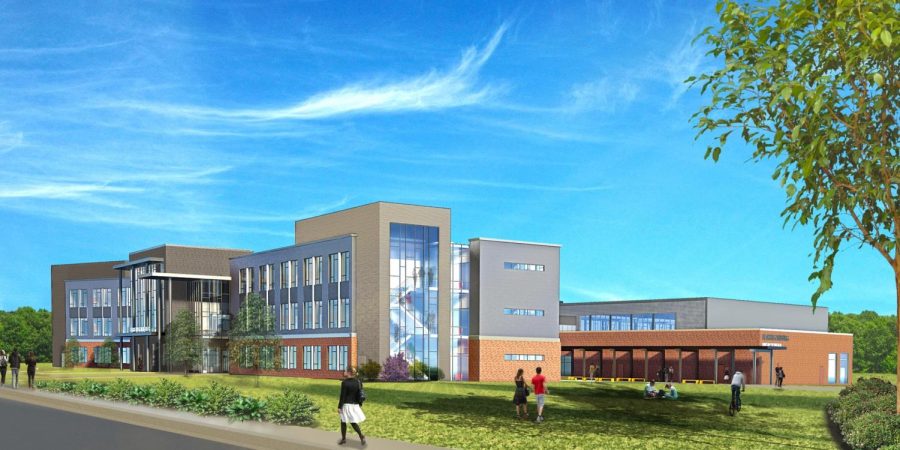
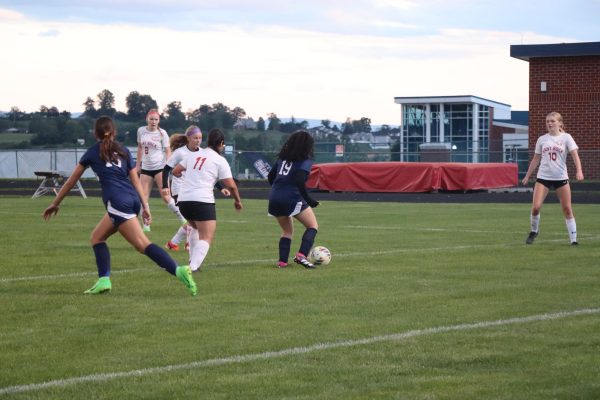
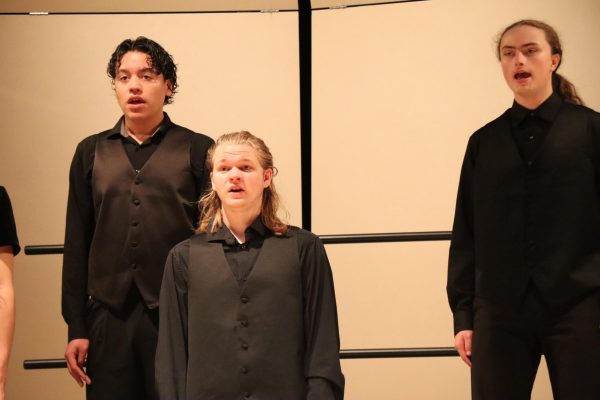

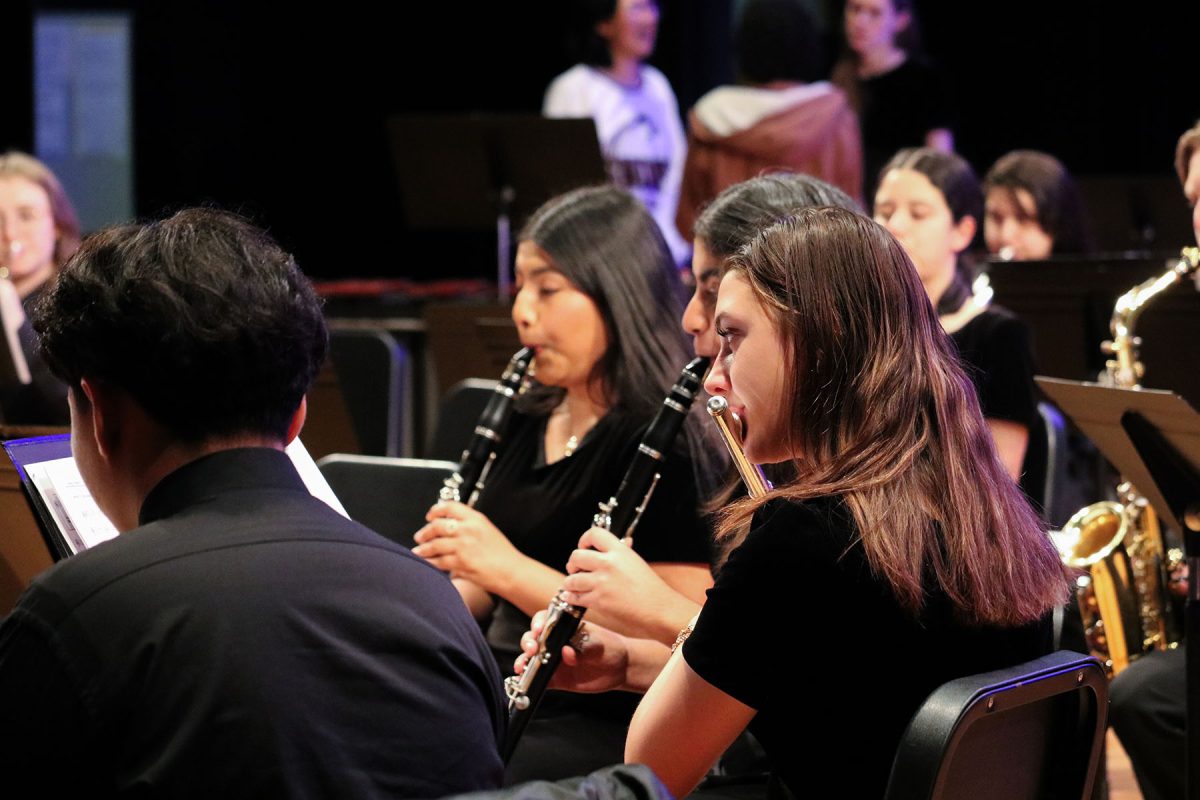

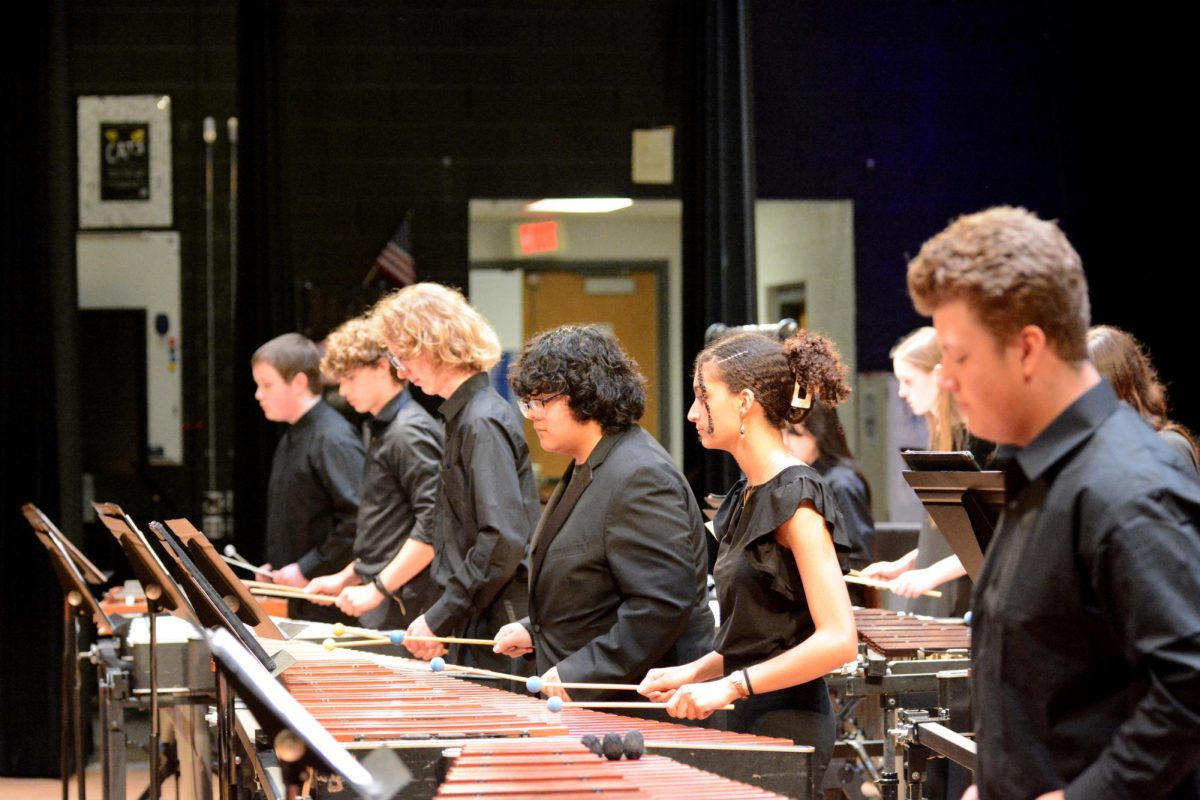


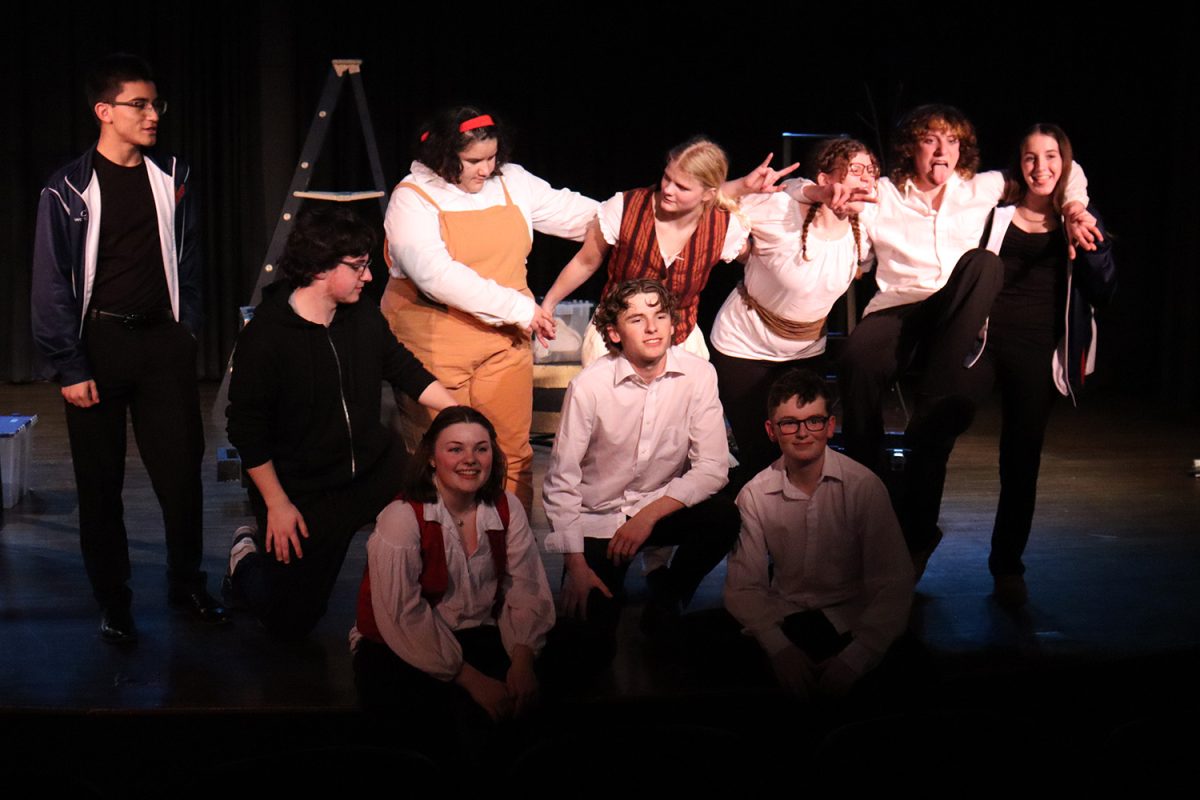
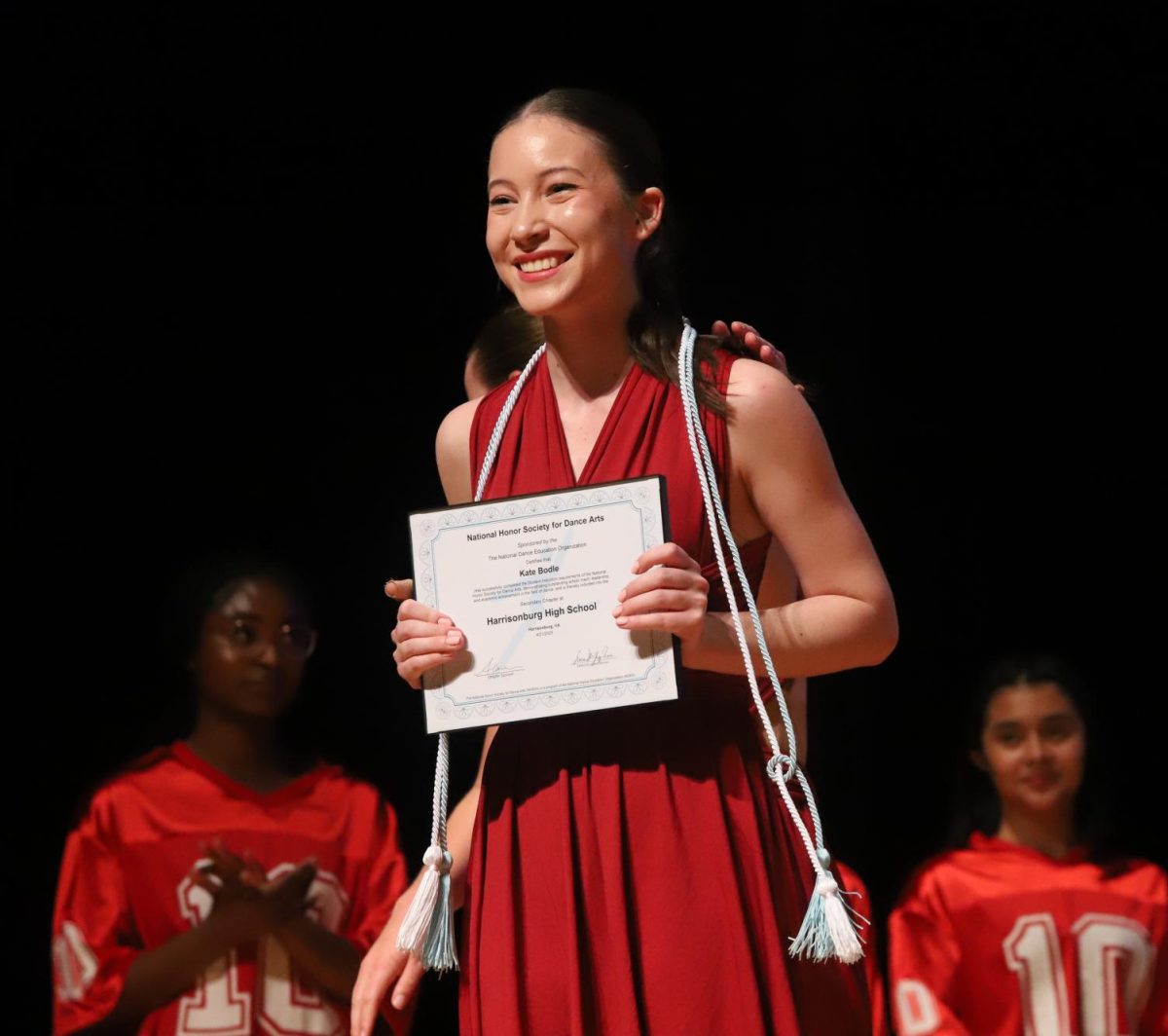

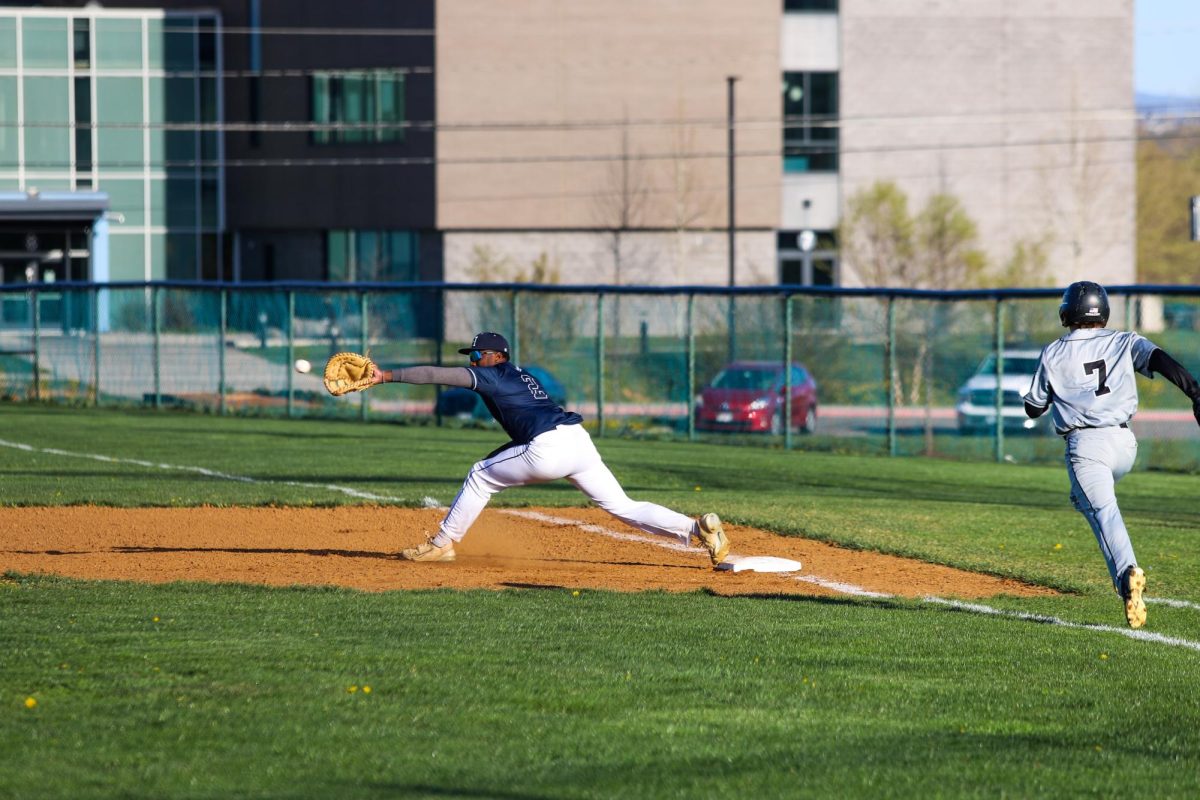

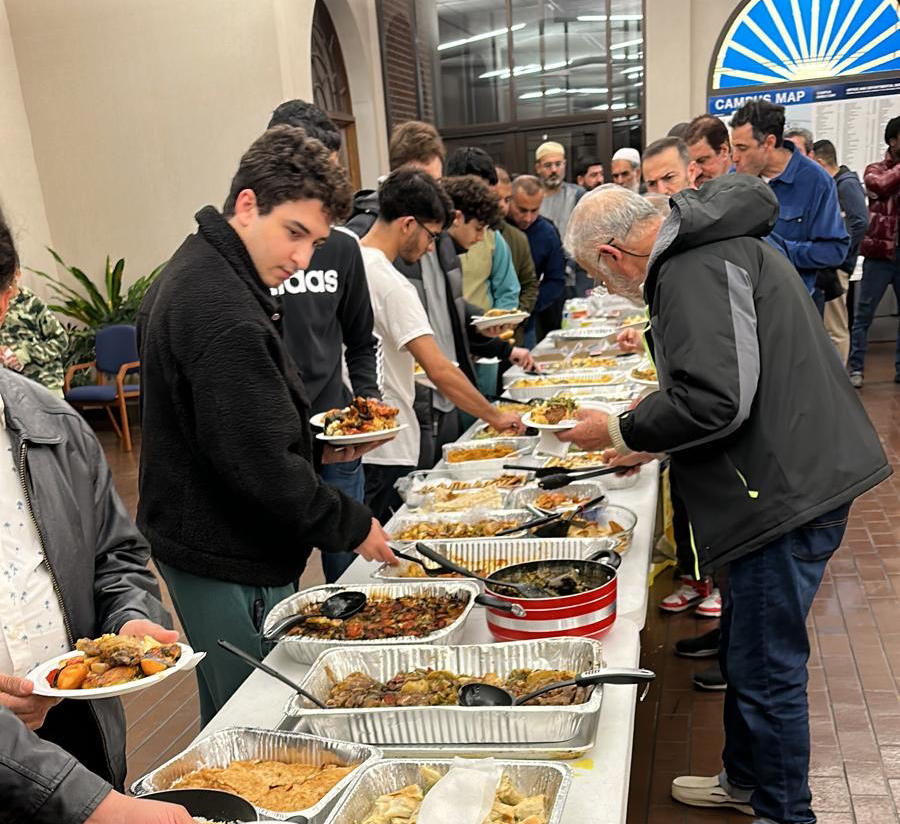
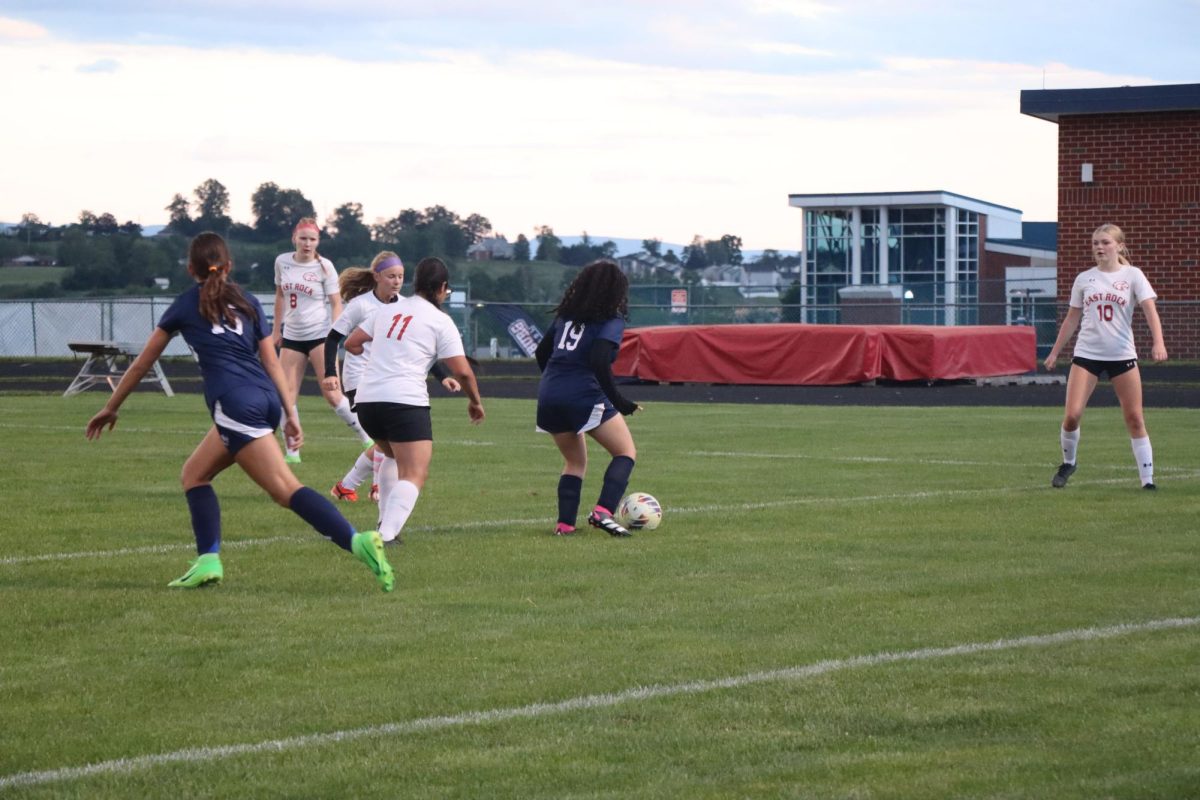
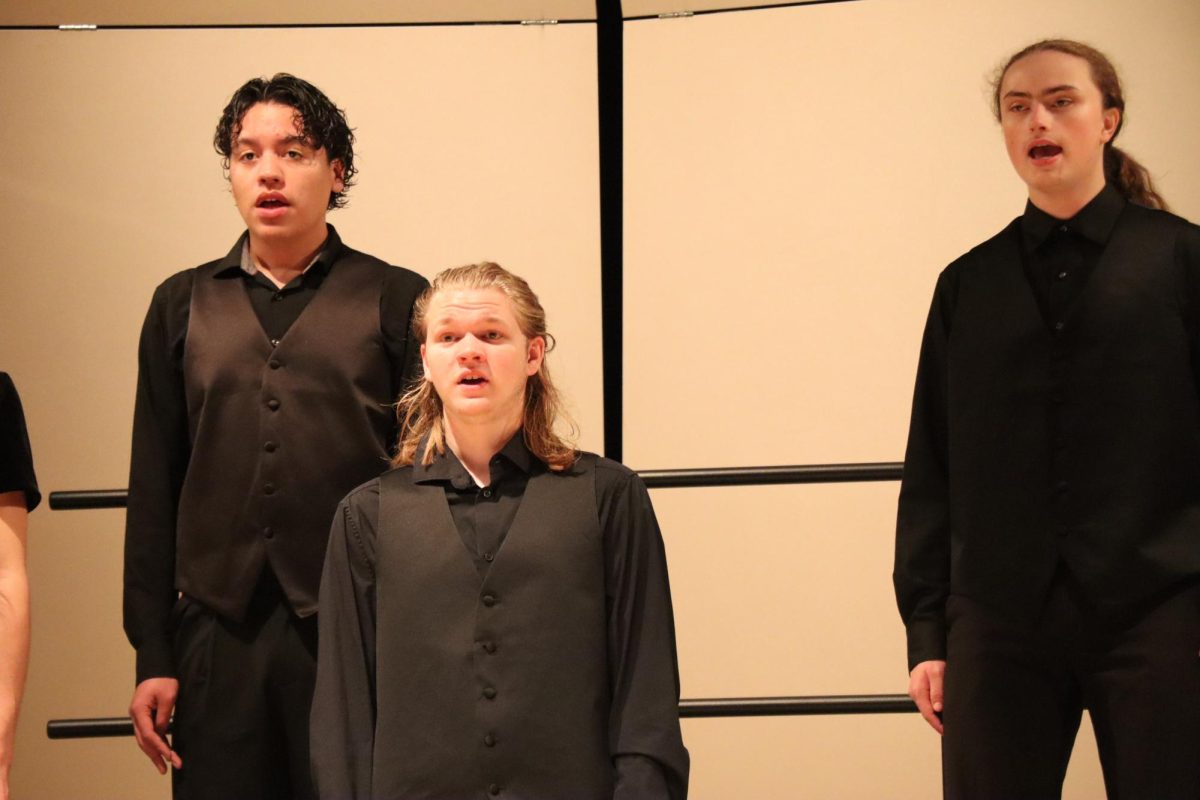

RON E ORNSTEIN • Nov 6, 2021 at 12:31 pm
excellent article! Well done Maya!
Andrew Kohen • Nov 6, 2021 at 12:25 pm
This is a fine example of student journalism on an important topic. Thank you.